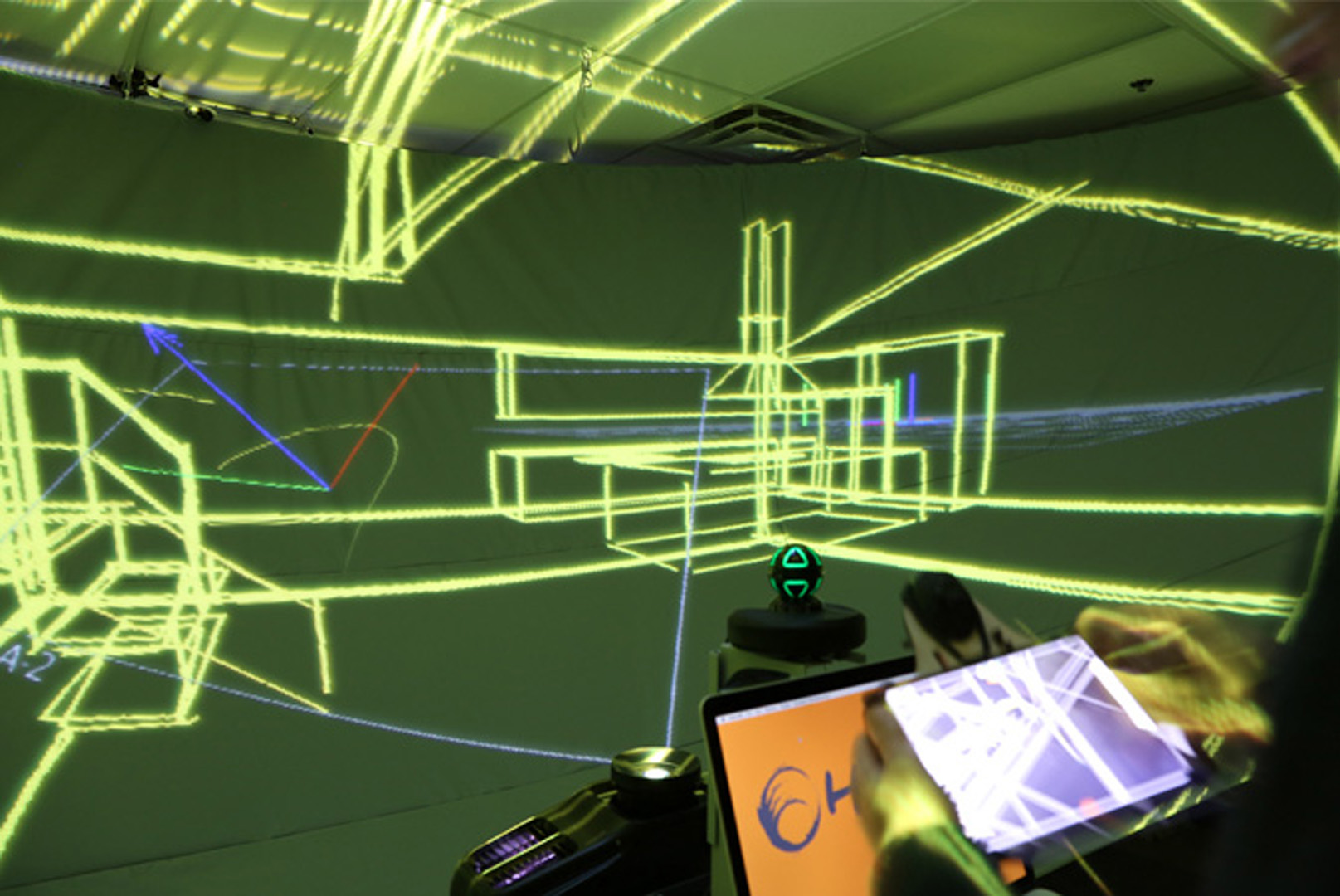“Hyve-3D and Rethinking the 3D Cursor: Unfolding a Natural Interaction Model for Remote and Local Co-Design in VR” by Dorta, Kinayoglu and Hoffmann
Notice: Pod Template PHP code has been deprecated, please use WP Templates instead of embedding PHP. has been deprecated since Pods version 2.3 with no alternative available. in /data/siggraph/websites/history/wp-content/plugins/pods/includes/general.php on line 518
Conference:
- SIGGRAPH 2015
-
More from SIGGRAPH 2015:
Notice: Array to string conversion in /data/siggraph/websites/history/wp-content/plugins/siggraph-archive-plugin/src/next_previous/source.php on line 345

Notice: Array to string conversion in /data/siggraph/websites/history/wp-content/plugins/siggraph-archive-plugin/src/next_previous/source.php on line 345

Type(s):
Title:
- Hyve-3D and Rethinking the 3D Cursor: Unfolding a Natural Interaction Model for Remote and Local Co-Design in VR
Presenter(s):
Description:
Hybrid Virtual Environment 3D (Hyve-3D) is a system to actively design inside Virtual Reality by a new model of interaction through a 3D cursor that is specially envisioned to facilitate local and remote collaboration. It introduces a novel approach to the concept of the cursor inside the 3D virtual space, rethinking it as a drawing and control plane. 3D cursors are intuitively manipulated by multi-touch handheld tablets that are tracked in 6DOF. The system also features a lightweight immersive 3D rendering technique that runs on a single laptop allowing texture and lighting effects on 3D geometry. Users can simultaneously access their individual complementary orthogonal views on the tablets, as personal windows into the shared display of the virtual environment; they can concurrently 3D sketch, select, edit, manipulate 3D objects using the tablets as tangible props, as well as collectively navigate the scene using the tablet as a 3D trackpad. With the notion of multiple 3D cursors the personal computer becomes a collaborative working environment. The first version was implemented in 2014 [Dorta et al. 2014]. A product level system is presented with the immersive and non immersive implementations. A variation of the interface which works without the need of an external tracker is also demonstrated that opens the possibility of using the system with any handheld device such as smart phones and watches.









